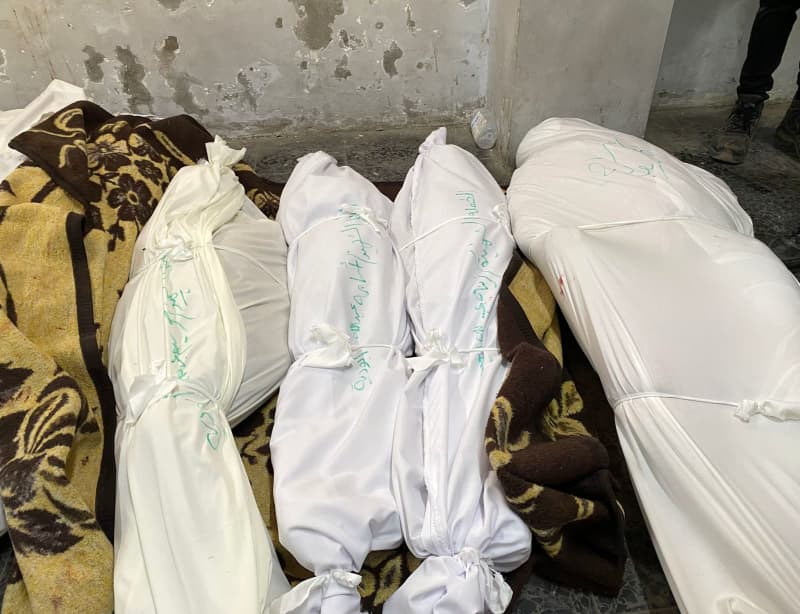Recent Israeli military operations in the Gaza Strip have resulted in the deaths of at least 17 Palestinians, as reported by the Hamas-controlled civil defense force. Among those killed, ten fatalities occurred when a school building in Gaza City was bombed, while another seven died in an airstrike targeting a residential building in the al-Zaytun district, located in the northern part of the coastal territory. The Israel Defense Forces (IDF) claimed that one strike specifically targeted a senior Hamas member, who was allegedly involved in orchestrating attacks against Israeli troops and had been storing a substantial cache of weapons in his residence. The continuing hostilities have led to a significant humanitarian crisis, with the health authority noted that over 44,200 people in Gaza have died and more than 104,700 have been injured since the onset of the conflict, which has persisted for almost 14 months.
The casualty figures from the ongoing conflict remain highly contentious, and many organizations have reported that the numbers lack independent verification, failing to specify the distinctions between civilians and combatants. Amidst this violence, a representative from Hamas indicated that the militant organization is committed to its longstanding conditions for a ceasefire. This comes at a time when the militant group is facing heightened pressure and suffering among the Palestinian populace in Gaza. Despite a perceived pause in hostilities from the Lebanese militia Hezbollah, the Hamas representative asserted that the Palestinian people are resolute in their resistance against Israeli actions, even in the face of significant suffering and loss.
Hamas has maintained its demands regarding a ceasefire since the conflict erupted. Among its key stipulations is the release of approximately 100 hostages taken during the October 7 attacks on Israel—an incident that resulted in the deaths of around 1,200 people and the abduction of 250 individuals. Hamas insists that the release of these hostages is contingent upon the release of a considerable number of Palestinian prisoners held in Israeli jails, as well as a comprehensive withdrawal of Israeli military forces from the Gaza Strip. However, Israel has signaled its intent to maintain its military presence in strategic locations within the blockaded territory, complicating the peace negotiations.
The situation in Gaza continues to deteriorate, marked by severe humanitarian challenges. Reports indicate that essential services have collapsed, with healthcare systems overwhelmed, clean water scarce, and food supplies dwindling. Those remaining in the territory face devastating living conditions amid continuous bombardments. The international community has responded with calls for an immediate ceasefire, emphasizing the urgent need to address humanitarian issues and advocating for negotiations to establish a more lasting peace in the region.
The prolonged conflict has led to escalating humanitarian needs, with millions of Palestinians facing displacement and dire living conditions. The UN and various humanitarian organizations have urged both parties to ensure safe passage for aid into Gaza, but ongoing military strikes hinder these efforts. The situation poses risks not only to those directly affected by the violence but also to broader regional stability, as tensions between Israel and Hamas threaten to extend beyond the borders of Gaza and impact neighboring nations.
In conclusion, the cycle of violence in Gaza remains unbroken, with intense military engagements resulting in severe human tolls and deepening humanitarian crises. With ongoing resistance from Hamas and a refusal to budge on critical conditions for ceasefire negotiations, the prospect of ending the conflict seems distant. As Israel seeks to fortify its strategic positions within Gaza, calls for peace and humanitarian intervention grow louder, highlighting the urgent need for a resolution that can address both military and humanitarian dimensions of this protracted struggle.

